
| Specifications |
| Publisher: Munshiram Manoharlal Publishers Pvt. Ltd. | |
| Author: Dr. C.C. Uhlenbeck | |
| Language: English | |
| Pages: 127 | |
| Cover: Hardcover | |
| 8.6" X 5.7" | |
| Weight 270 gm | |
| Edition: 1977 | |
| ISBN: 8121502721 | |
| ISL55 |
| Delivery and Return Policies |
| Usually ships in 5 days | |
| Returns and Exchanges accepted within 7 days | |
| Free Delivery |
About the Author:
Dr. C.C. Uhlenbeck, Extraordinary Professor of Sanskrit and Comparative Philology in the University of Amsterdam.
The idea of publishing an English edition of my Handboek der Indische Klankleer (Leiden , Blankenberg & Co. 1894) was suggested to me by others; but for that suggestion this translation certainly would not have been undertaken. In general I have followed the Dutch text: alterations have been made only, when there were positive inaccuracies in the Dutch edition or when an alteration had become necessary because of the progress of comparative philology since 1894. I have also considerably augmented the references to the scientific literature and somewhat enlarged the part on the accent. Some emendations are due to the recensions of Kern, Speyer, Zubaty [and Johansson], of whose observations and remarks I have made a grateful use.
I further need only repeat , what I said in the preface to the Dutch original: the purpose of my having composed this little handbook is to introduce the student into the compara- tive-phonetic study of Sanskrit. Though as a rule students of Classical and Germanic philology do not read Vedic texts, I have not hesitated to cite words and forms, which had already become obsolete in the epic and classical language, mentioning, of course, the fact, that such a word only oc- curs in Vedic. In general I have avoided to cite Iranic , Li- thuanian and Slavonic: I know, it is true, that this lessens the scientific worth of my book, but I do not think it desi- rable to trouble the student with several languages! which are either quite unknown to him or which he only just begins to learn.
May this edition be of some use to the students in England, America and India.
1. The Indogermanie family of Janguages. The great family of languages, to which Sanskrit belongs, is called the Indogermanic, Indoceltic or Aryan. I prefer the first. name , because it is the most usual, though the name Indoceltic may claim a greater accuracy, The word Indogermanic dates from a time, when it was not yet proved , that the Celtic dialects also make part of our family of languages, and indicates by the combined name of the utmost branches, Indian and Ger- manic, the whole territory of speech, to which they belong. Now that it is certain, that Celtic also is a member of our family, it would be accurate to replace the word Indogermanic by Indoceltic , because not Germanic, but Celtic is the utmost branch to the Occident. The name Indogermanic however is generally adopted and it. would be. impossible to supplant it by another. By the word Aryan is generally understood a certain subdivision of the Indogermanic family, viz. the Indo- Iranian, and therefore it would seam unsuitable to use this name also for the whole Indogermanic family. See G. Meyer, Idg. forschungen 2, 125 sqq. ahd Spiegel, Die Arische periode (Leipzig 1887) VI sq.
The Indogermunic family consists of the following nine
groups :
1. Aryan, see 2.
2. Armenian.
3. Phrygian-Thracian, only known from proper names, glos-
ses and inscriptions.
4. Albanian.
5. Greek,
6. italic, which comprises not only ancient languages of
Italy (Latin, Oscian , Umbrian , Samnitic) , but also the mo-
dern dialects, which have sprung' from popular Latin.
7. Celtic, which is divided into Gallic (the extinct language
of ancient Galli a) , Britannian (Cymric or Welsh, Cornish,
Bas-Breton) and Gaelic (Scotch, Irish, Manx).
8. Germanic, which is commonly divided into an eastern
and a western group. The eastern comprehends Gothic and Scan-
dinavian (Icelandic, Danish, Norwegian, Swedish); to the western
belong English (ill its oldest literary period called Auglosaxon),
Frisian ana German (High- German and Low-German)
9. Balto-Slavonic , which consists of two groups, the Baltic
and the Slavonic. The former is divided into Old-Prussian ,
Lithuanian and Lettish; the latter comprehends Southern-
Slavonic (Ecclesiaetical-Slavonic , Slovenian, Servo-Croatian,
Bulgarian), Russian (Great-Russian, White-Russian, Little-
Russian) and Western-Slavonic (Polish, Wendish , Bohemian
and the extinct Polabic).
About the mutual relations of these groups see J.Schmidt, Die verwand tschaftsverhaltnisse del' Indogermanischen sprachen (Weimar 1872) and cf. Brugmann , Zur frage nach den ver- wandtschaftsverhaltnissen der' Indogermanischen sprachen (Tech- mer's Internationale Zeitschr. fur allgemeine sprachwissenschaft 1, 226 sqq.),
2. The Aryan group. The Aryan group is divided into
two subdivisions:
1. Indian, see 3.
2. Iranian.
Ancient Iranian is handed down to us in two dialects, viz. Avestian and Old-Persian. Avestian is the language of the Avesta , the sacred book of the Parsis. The oldest parts of this Zoroastrian bible date back to many centuries before Christ, and their language is more archaic than the classical dialect of the younger Avesta. This oldest Avestian is called the Gatha-dialect. In Old-Persian we have only the cuneiform in- scriptions of the Achaemenidian kings, the oldest of which is that of Darius Hystaspes at Behistan and dates from 520 before Christ. Numerous inscriptions are found on and near the ruins of Persepolis: the youngest of them is of the middle of the fourth century before Ghrist. See Bartholomae, Hand- buch der Altiranischen dialekte (Leipzig 1883), Vorgeschichte der Iranisehen sprachen (Grundriss der Iranischen philologie I); Williams Jackson, An Avesta grammar (Part I, Stuttgart 1892) Spiegel, Die Altpersischen Keilinschriften (Leip- zig 1881).
Preface
PART IV. ACCENT

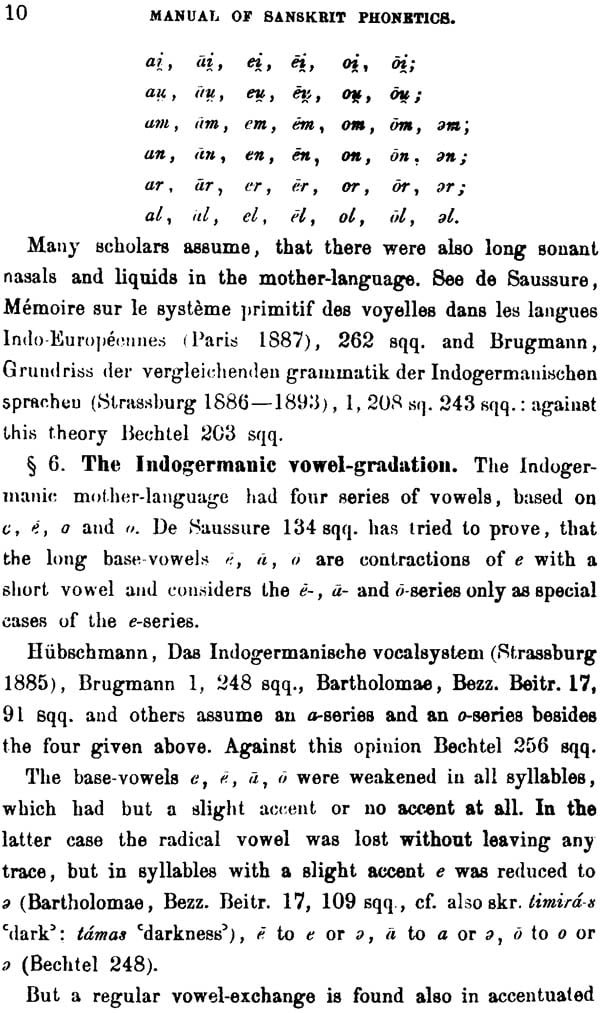


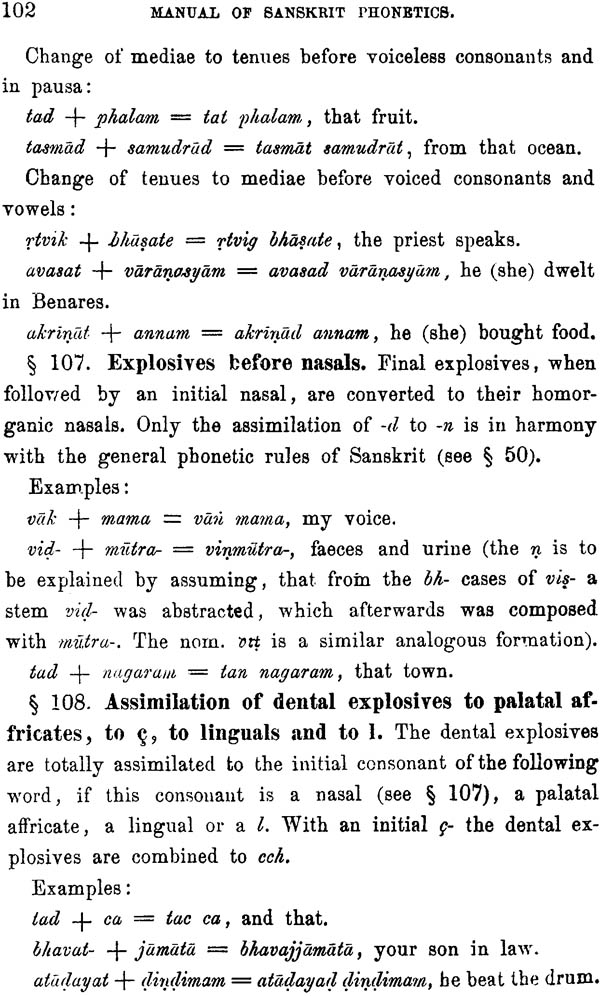
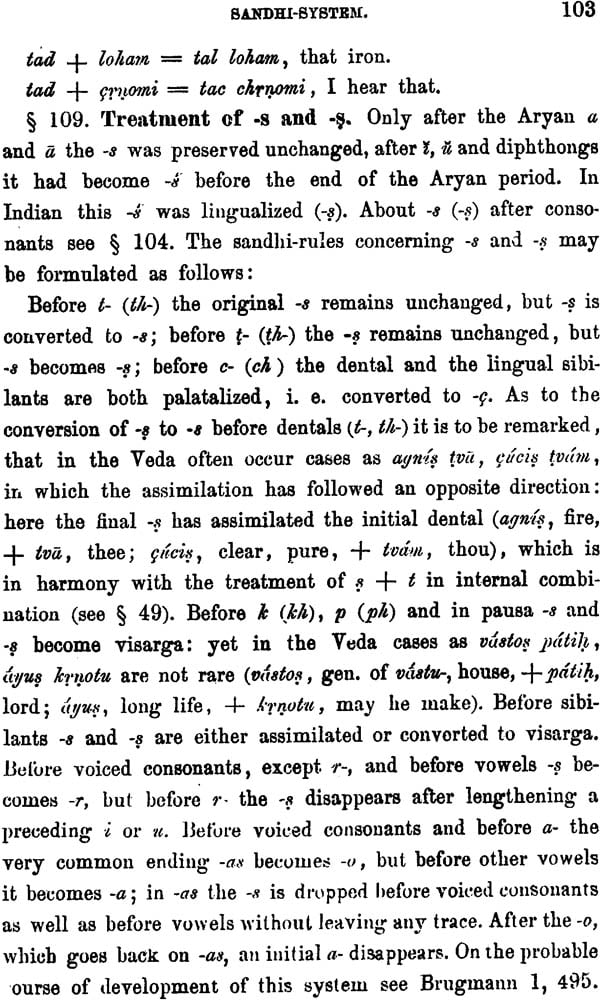
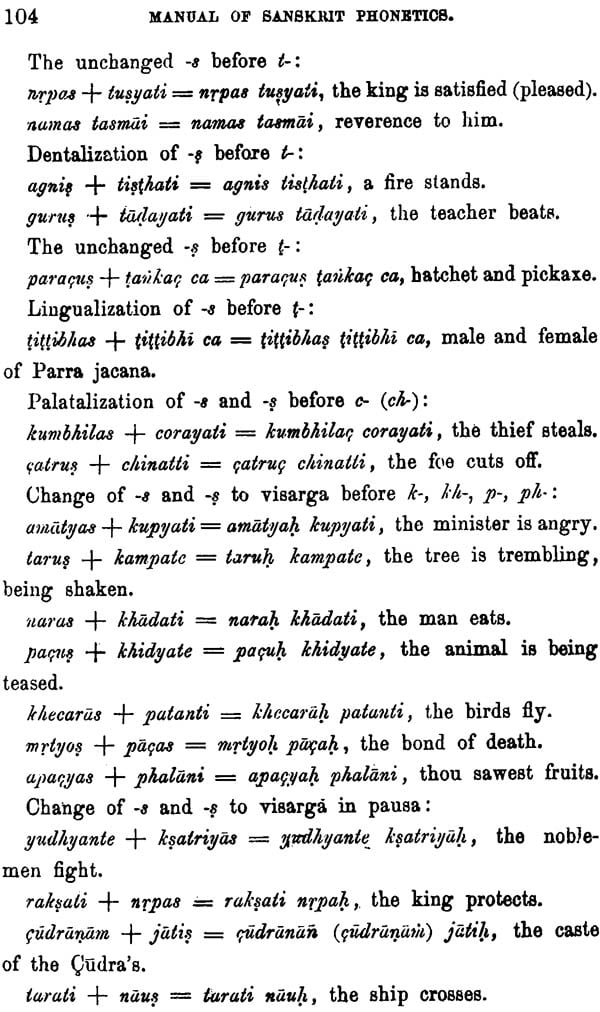
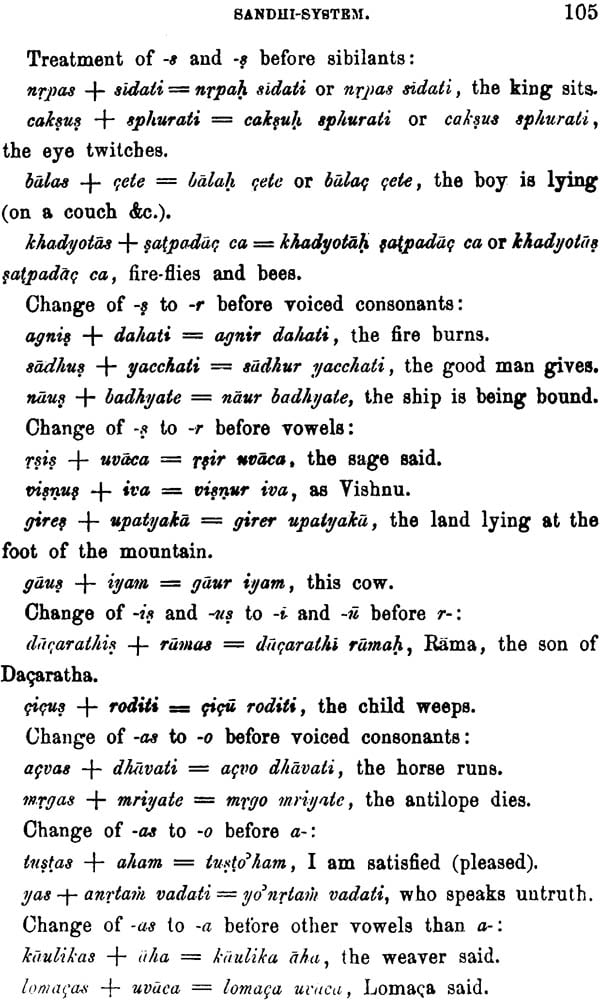
Send as free online greeting card
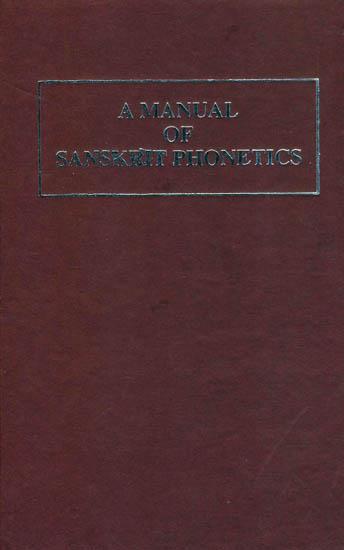
Visual Search